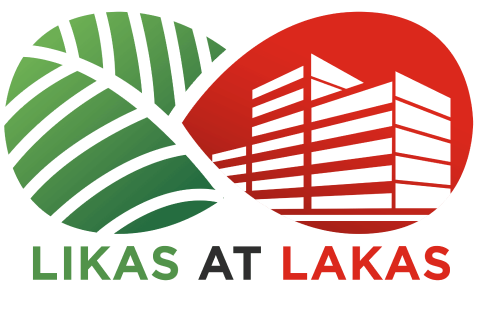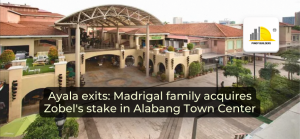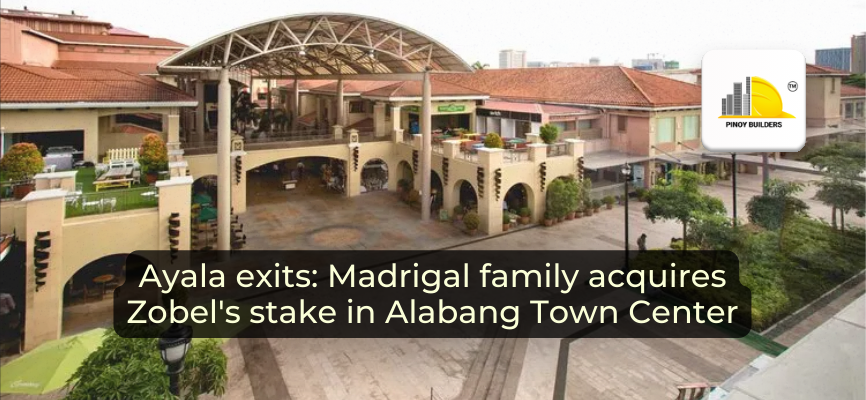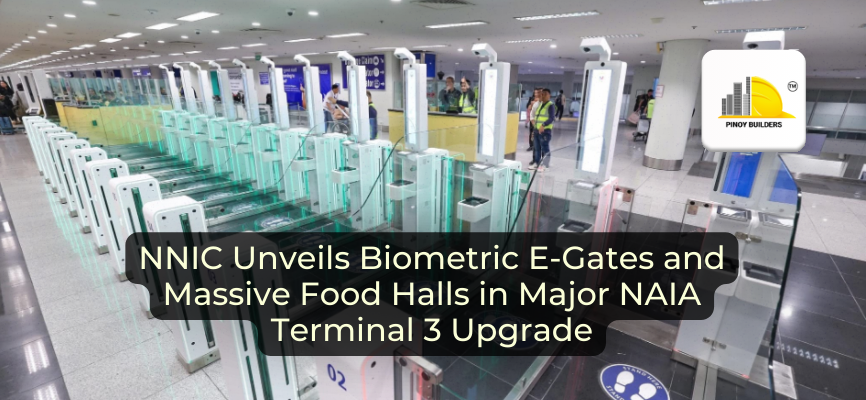The Philippines is no stranger to difficult terrain. From rugged mountain provinces to flood-prone lowlands and remote islands, building durable and accessible roads has always been a challenge. Frequent rains and soft soil conditions often delay construction or damage infrastructure soon after it’s built.
But that’s starting to change. Thanks to new construction technologies, even the most hard-to-reach areas are now more accessible. In this article, we will feature 6 innovations proving that roads can be built in places once thought impossible.

6 Road Construction Innovations Perfect For Tough Terrains In The Philippines
1. Cold In-Place Recycling (CIR)
CIR is a method that reuses existing asphalt directly on-site. This process was developed to eliminate the need to transport fresh materials over long distances. It reduces costs, shortens project timelines, and creates a more sustainable construction process, which makes it ideal for provinces where logistics can be complicated.
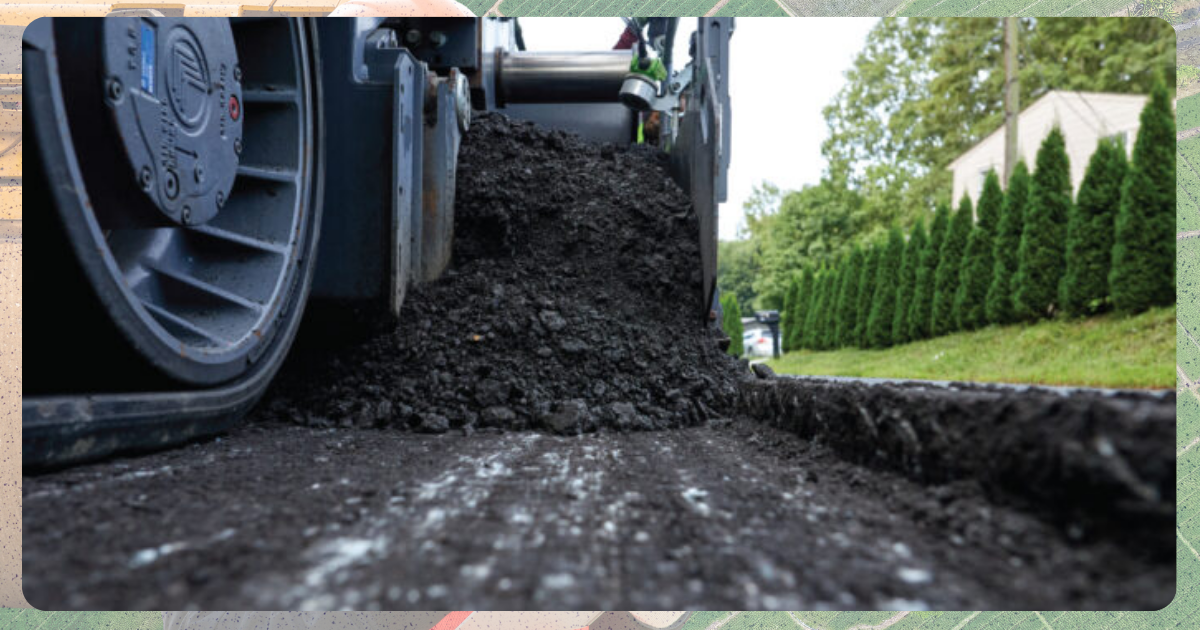
Image from Indus Inc.
2. Self-Healing Asphalt
Self-healing asphalt can repair its cracks through embedded capsules that release rejuvenating agents when the pavement cracks or through heating methods like induction or microwave energy that reactivate the asphalt’s flow. This sustainable innovation helps extend road life, particularly in areas prone to heat stress and heavy traffic.
Illustration Process of Self-Healing Asphalt
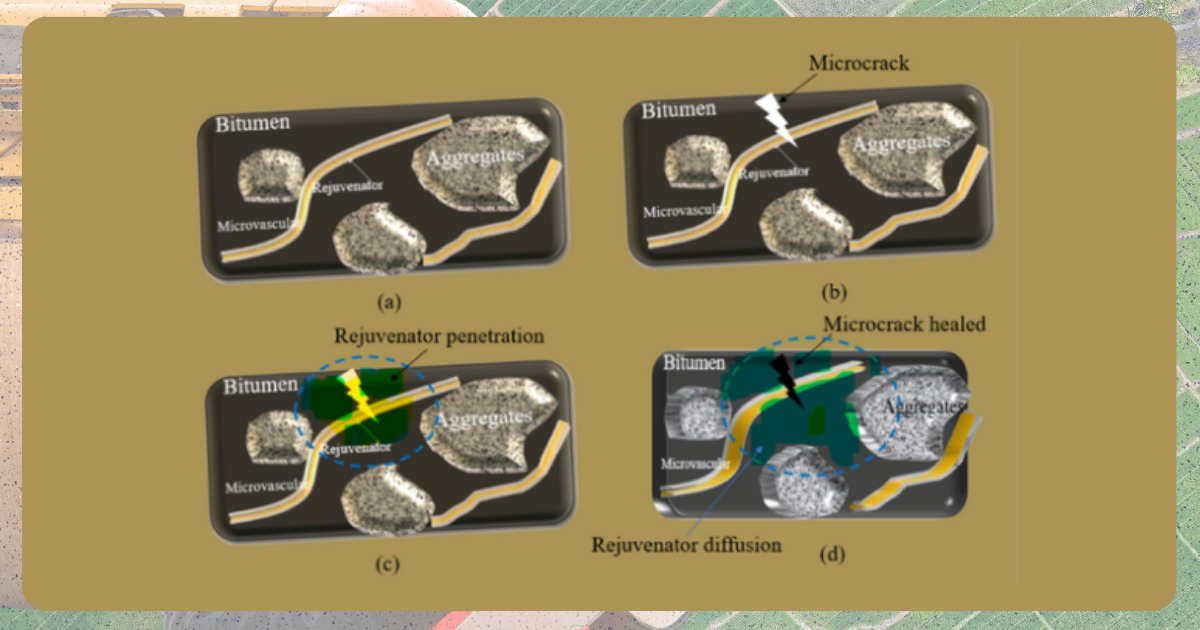
Image from MDPI Journals
3. Polymer-Modified Bitumen
Since its introduction in the 1960s, polymer-modified bitumen has been a staple in the construction industry, particularly in commercial roofing. Polymers enhance this adhesive, making it flexible and resistant to wear. It is highly effective in extreme climates, making it ideal for tropical regions where frequent rain and temperature shifts tend to break down traditional asphalt more quickly.
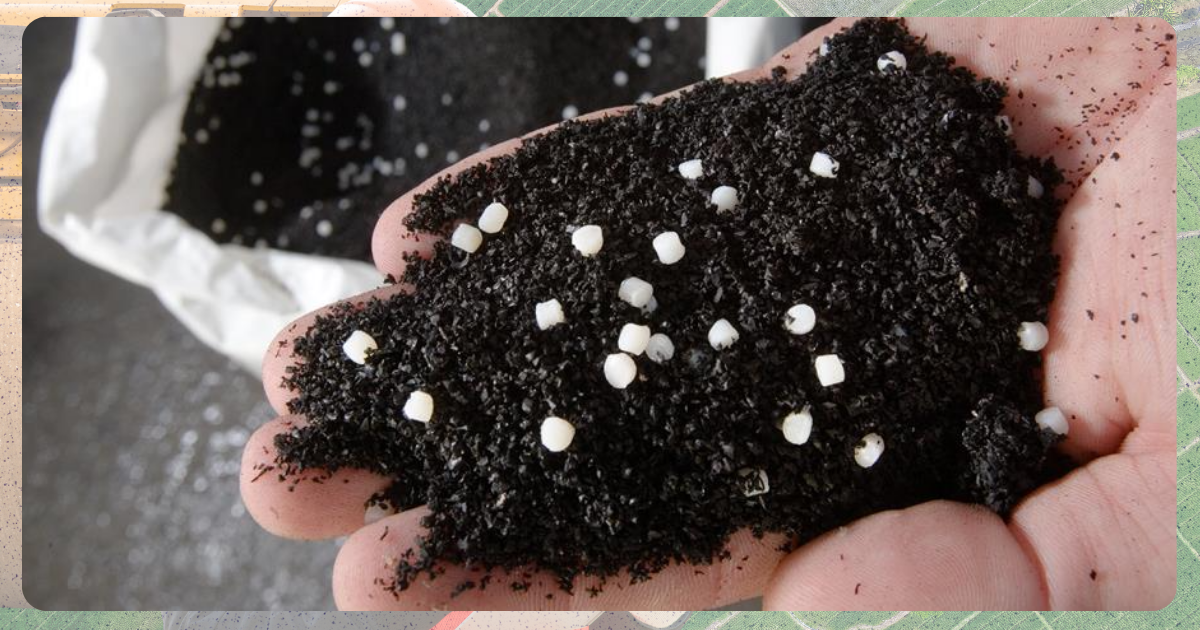
Image from GlobeCore
4. Roller-Compacted Concrete (RCC)
RCC is a dry mix concrete compacted with vibratory rollers, creating a durable, fast-setting surface ideal for the Philippines’ tough, tropical terrains. It’s perfect for ports, industrial zones, and areas with heavy rainfall, high temperatures, and heavy vehicle loads, offering long-lasting, low-maintenance pavements.
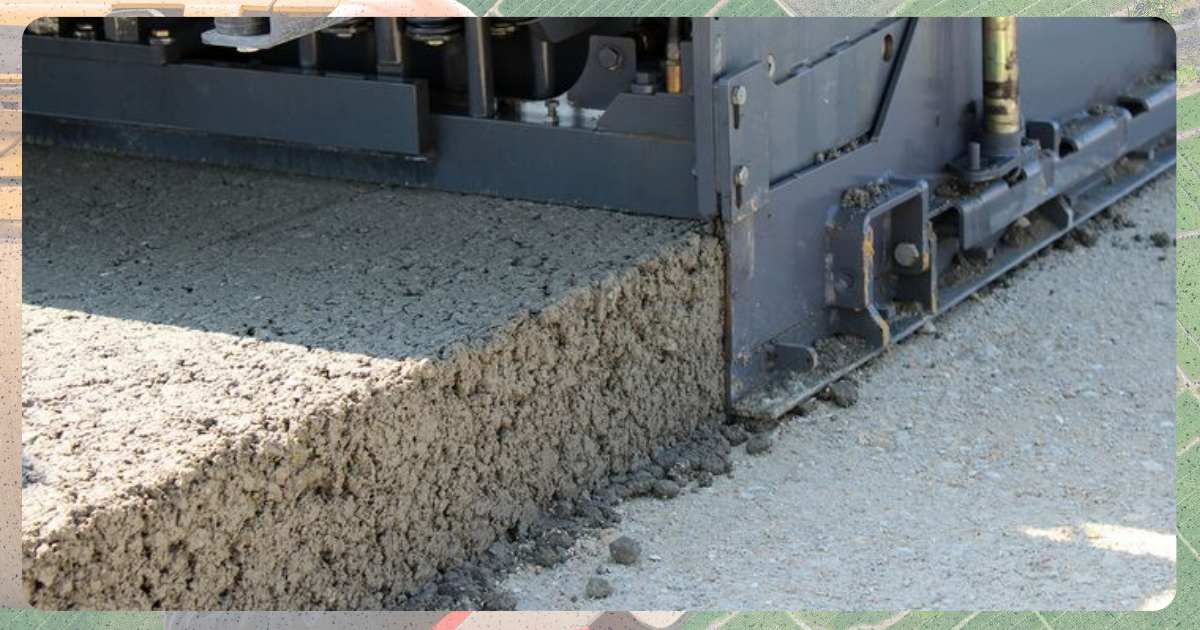
Image from Structural Guide
5. Geosynthetic Clay Liners
Placed beneath roads, geosynthetic clay liners prevent water infiltration and help stabilize the soil. They’re critical in landslide-prone or erodible areas, keeping the road base intact even during extended rainy seasons.
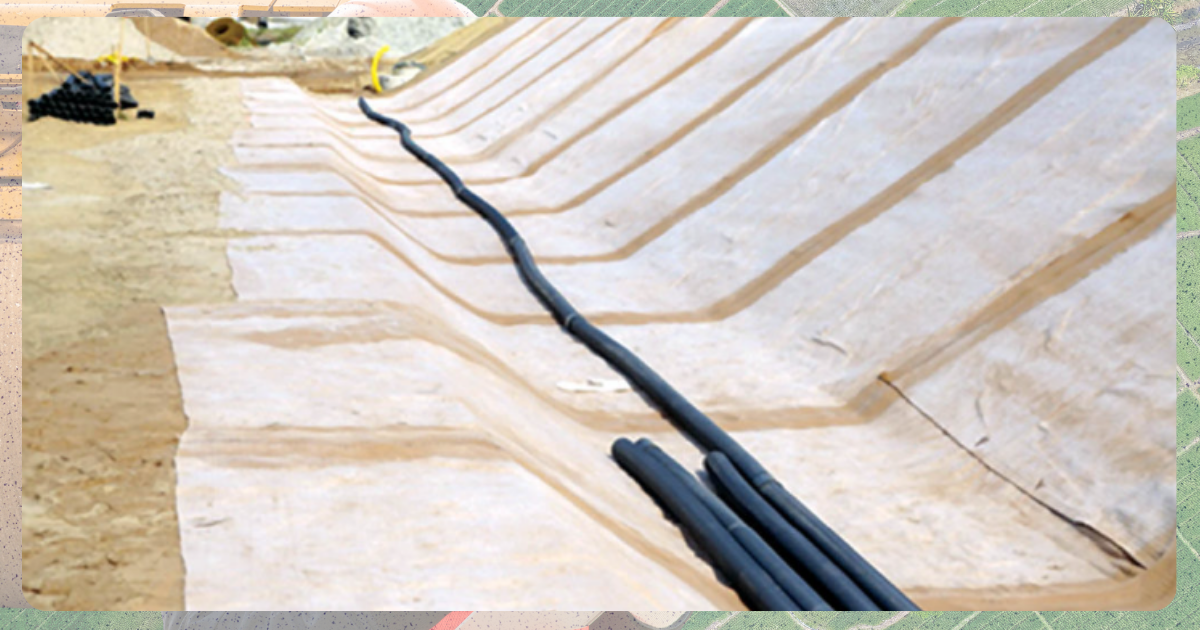
Image from NAUE | Geosynthetics Magazine
6. Solar-Powered Road Lighting
These lighting systems work independently of the electric grid, making them perfect for far-flung barangays and mountain highways. They improve nighttime visibility and safety while keeping energy costs low.
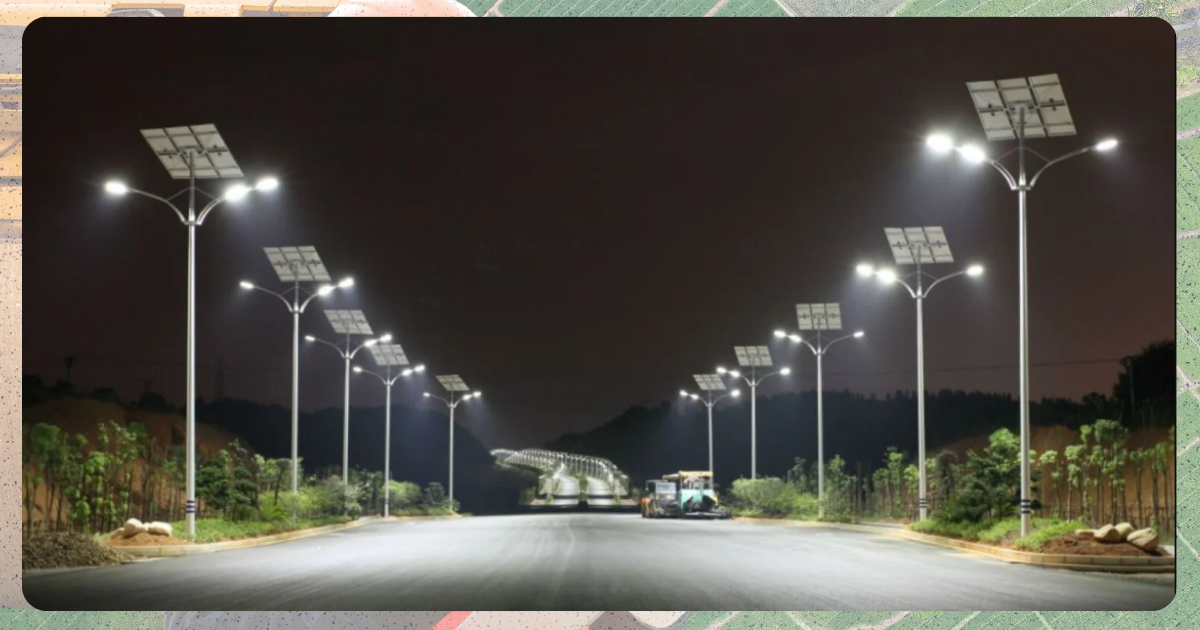
Image from Leizur Ltd.
A Clearer Path Forward
Being an archipelagic country with many developing areas, the Philippines has a lot of tough terrain. With the construction innovations featured here, road development is becoming more inclusive, efficient, and sustainable.
Local governments, developers, and contractors now have more options than ever to build infrastructure that works with the land rather than against it. Investing in these smarter solutions can transform mobility across the country, one challenging stretch at a time.
References
CorrosionPedia. (n.d.). What Does Polymer Modified Bitumen (PMB) Mean? CorrosionPedia. https://www.corrosionpedia.com/definition/3215/polymer-modified-bitumen-pmb
Earth Shields. (n.d.). What is Geosynthetic Clay Liner(GCL)? Earth Shields. https://www.earthshields.com/what-is-geosynthetic-clay-liner/
EnGo Planet. (n.d.). The advantages of smart solar street lights for public safety and security. EnGo Planet. https://www.engoplanet.com/single-post/the-advantages-of-smart-solar-street-lights-for-public-safety-and-security
NYS LTAP Center – Cornell Local Roads Program. (n.d.). What is Cold-in-place recycling and what are its advantages? NYS LTAP Center – Cornell Local Roads Program. https://nysltap.org/nysltap-local-roads/what-cold-place-recycling-and-what-are-its-advantages
Roller-compacted concrete. (n.d.). Wikipedia. Retrieved May 2, 2025, from https://en.wikipedia.org/wiki/Roller-compacted_concrete
Self-Healing Materials. (n.d.). Self-healing asphalt. Self-Healing Materials. https://www.self-healingmaterials.com/self-healing-asphalt/

